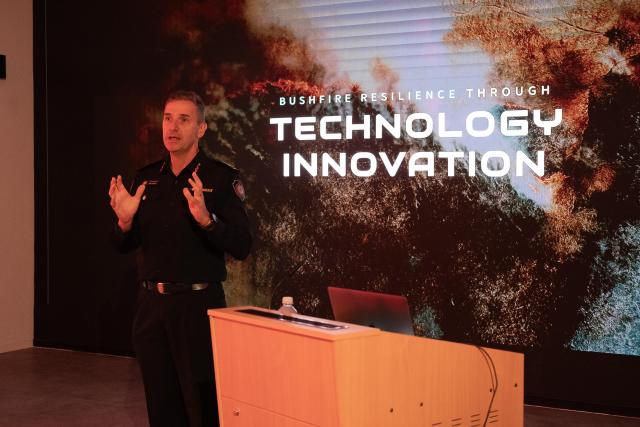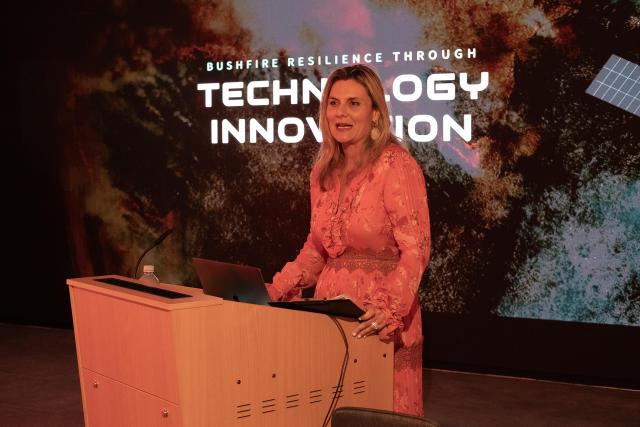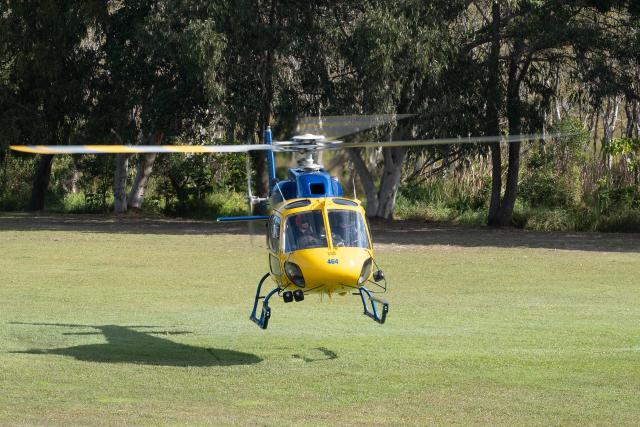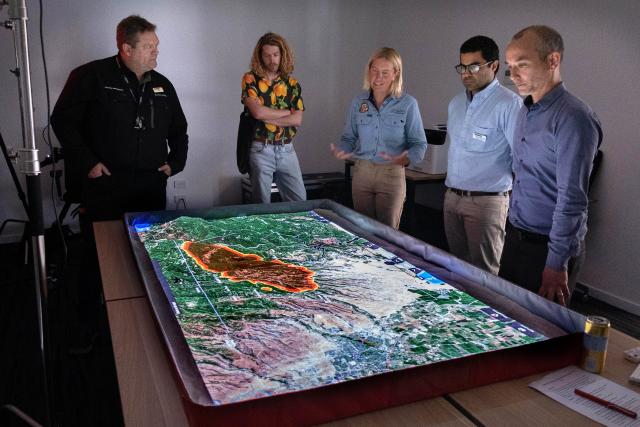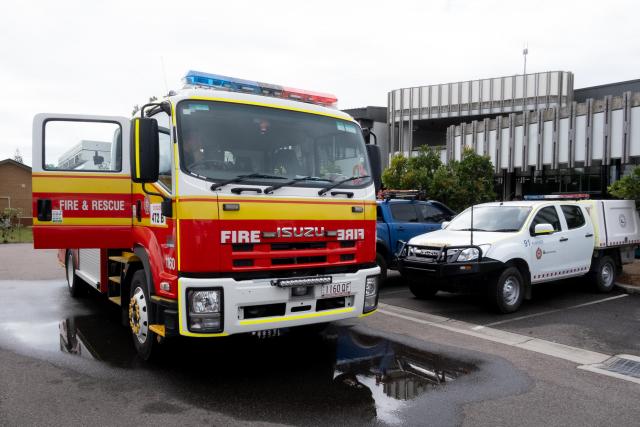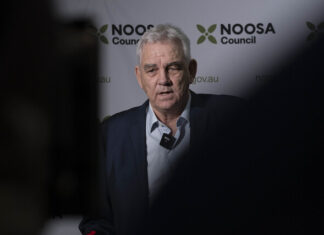Experts in firefighting technology came together last Friday at the Peregian Beach digital hub to experience the world’s first Firetech lab, the brainchild of hub director Chris Boden.
Noosa Mayor Clare Stewart said the purpose of the official open day was to bring together the Firetech and biotech programs in a collaborative approach to tackle future firefighting.
“In times of trouble we need to collaborate,“ she said.
“In 2019 no one expected to have these huge fires but we did.
“We had no loss of life and no serious injury because of our wonderful emergency services.
“This will go a long way in helping the community when and if the next disaster strikes.“
The catastrophic bushfire at Peregian in 2019 sparked the creation of the Firetech Connect program aimed at “fast-tracking the commercialisation and adoption of innovative technologies to predict, prevent, fight and manage bushfire emergencies“.
“As tech geeks, we of course wanted to understand what role technology played in the emergency response and so we spent time debriefing with key players in the response effort to get an inside view. What we learned was that a bushfire emergency involves a set of highly dynamic and complex problem spaces from firefighting to public communications to evacuation management,“ according to Firetech Connect websites.
“Many of these problem spaces are ripe for innovative solutions that use some of the powerful technology platforms available including drones, computer vision, predictive analytics, autonomous vehicles, robotics, near-realtime satellite imagery, IOT systems, social media, etc. We call this category of tech innovation FireTech.“
Chief executive officer of Beyond Flight, a company that makes AI-driven upgrades for aerial-driven firefighting planes, Mike Read, said the results they were achieving were on a world stage but the crisis being faced was not just the era of global warming it was the era of global burning.
Despite this crisis occurring, aerial firefighting lacked advanced technology in the aircraft and airspace management, he said.
“Aircraft largely sit on the ground 75 per cent of the time meaning that the fires continue to burn largely unabated during the night. During the day the airspace management procedures are inadequate to allow for new technology to boost the capability,“ Mike said.
“This places firefighters on the ground at much greater risk with larger, hotter, more unpredictable fires in the mornings. These fires devastate communities, decimate homes and destroy farms. Wildfire PTSD is real and becoming a global trend.
“This was felt here in Peregian during the 2019 fires. The trauma people go through not knowing if houses are burnt down, pets lost or lives lost is almost as significant as if it really happened. One of the best ways to minimise this trauma is to get drone-based video or mapping out there so they are aware, but drones are immediately grounded as soon as crew aircraft become airborne and at night the footage is of very little activity happening and its potential to get bigger so that worsens the problem. So there are missed technologies such as essential roles in mapping and missed opportunities such as autonomous aircraft flying with a pilot during day and no pilot at night.
“In the not too distant future huge numbers of aircraft are going to be flying around with no pilots on board. There’s going to have to be a need to control that.
“Universal uncrewed traffic management is going to need traffic controllers to manage that. Aerial firefighting is the perfect place to establish these solutions before branching out to other aviation.“
Fires affect Australia in such a big way. Annual costs to the Australian economy are estimated to be $5billion and 17 per cent of global carbon emissions come from wildfires, he said.
Mike believes Australia is well placed to lead global solutions with global standards. Australia has the mindset, a constructive approach, huge, unpopulated spaces and a list of companies involved – “each going out on a limb to push the technology forward“.
“We have to get agencies, tech and commercial allied, to have three pillars working together to make it globally allied,“ he said.
QFES deputy commissioner Mike Wassing said key drivers for him and his organisation were “quality of service and safety of the community and our own people“.
He said their frontline people were problem solvers and trained to be problem solvers, but some things in firefighting hadn’t changed in 50-100 years.
The key for frontline services in their partnership with Firetech is to step back a bit, define what our problems and needs are and let partners like Firetech come up with solutions, he said.
“They’re out of the box solutions. That’s how you get real innovation,“ he said.
“Our job is to support, integrate and make it stick. It’s enabling that. We can’t continue in this environment. We can continue in our business and allow our partners to work with us. There’s a bit of investment in time and money. We couldn’t do this without all services connected through Firetech.“
FireTech Connect is funded by the Department of Industry, Science, Energy and Resources through the AusIndustry Entrepreneurs’ Programme, The Queensland State Government’s Advance Queensland Program, and Noosa Shire Council.

